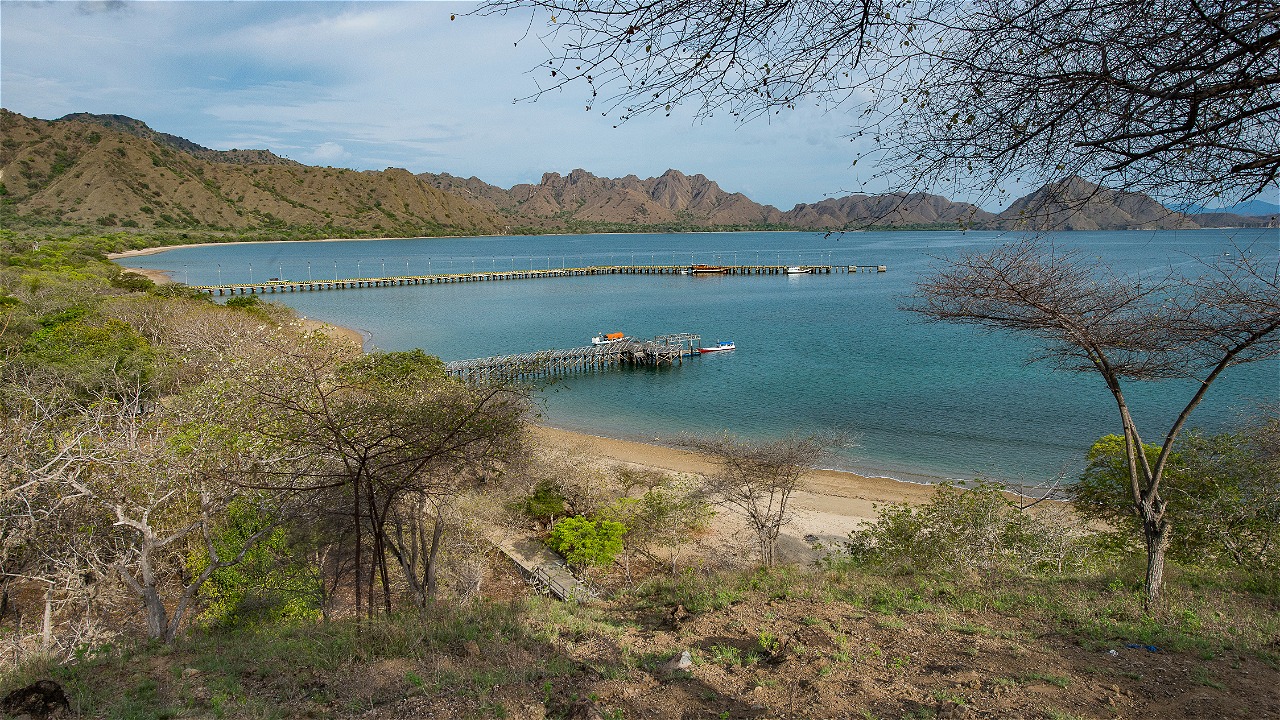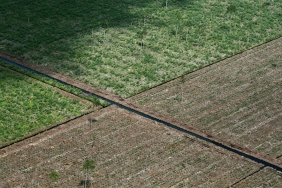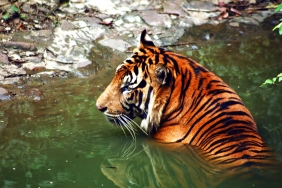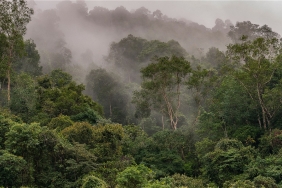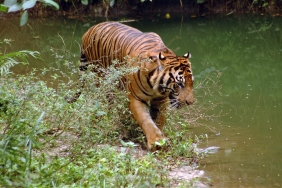WWF-INDONESIA SUPPORTS KOMODO NATIONAL PARK CENTER TO IMPROVE TOUR GUIDE QUALITY
By: Kusnanto (Biodiversity Monitoring Assistant, WWF-Indonesia)
Komodo National Park (TN) is the spearhead of Labuan Bajo tourism which through PP No. 50 of 2011, has been designated as 1 of 10 Priority Tourism Destinations (DPP) that focus on being developed in the 2016-2019 period. Apart from being a habitat for Komodo dragons, Komodo National Park also has extraordinary underwater attractions such as manta rays, sharks, and the beauty of coral reefs. Of course, all of this makes Komodo National Park continue to grow rapidly as one of the targeted tourism destinations for domestic and foreign tourists.
For those who have traveled to Komodo National Park, you must have encountered naturalist guide, the common name for Komodo dragon observation tour guides.
The existence of a naturalist guide determines the experience and message that tourists get and take home. They are at the forefront of ensuring that tourists have a safe, quality and responsible wildlife experience.
Naturalist guides in Komodo National Park come from communities living within the Komodo National Park area who are then recruited and coordinated through the Komodo Multipurpose Cooperative.
Komodo National Park Office continues to improve the quality of naturalist guides in Komodo National Park. On 19-21 September 2017 and 2 - 5 October 2017, a total of 62 naturalist guides participated in training with support from the Indonesian Tourist Association, Komodo Survival Program and WWF-Indonesia.
"In managing this fast-growing tourism, we must continue to improve our capacity as guides," said Mr. Vincentius, Chairman of the Komodo Multipurpose Cooperative that coordinates the Komodo National Park's naturalist guides. "This is to ensure that tourists not only get a quality experience, but also provide messages so that tourists can take part in preserving Komodo National Park."
WWF-Indonesia represented by Cassandra Tania, Jensi Sartin, and Kusnanto participated in providing knowledge related to marine animals and how to interact and guide responsible tourism activities. The materials used came from the Best Environmental Equitable Practices (BEEP) publication series compiled by WWF-Indonesia.
"Komodo National Park is not only famous for Komodo dragons on land, but also for its great marine tourism potential. Hence, we must also understand about the marine ecosystem and how to guide tours at sea," said David, Head of Resort Loh Liang, Komodo National Park, when opening the event.
"Always keep a safe distance from animals both when swimming/diving and when on the boat, do not touch and move suddenly, and never chase animals," said Cassandra Tania, Marine Species Coordinator, WWF-Indonesia.
"Animal watching activities in the wild that are not managed properly can result in accidents for both animals and tourists, stress on animals and even changes in animal distribution - where animals leave areas that are important for their survival," continued Cassandra.
Participants were also invited to discuss aquatic animals in Komodo National Park such as sharks, manta rays, dugongs, whales, turtles, and hatchlings. In this training, naturalist guide participants showed an increase in their capacity through a comparison of pretest and post test results, with an average score increase of 22%.

